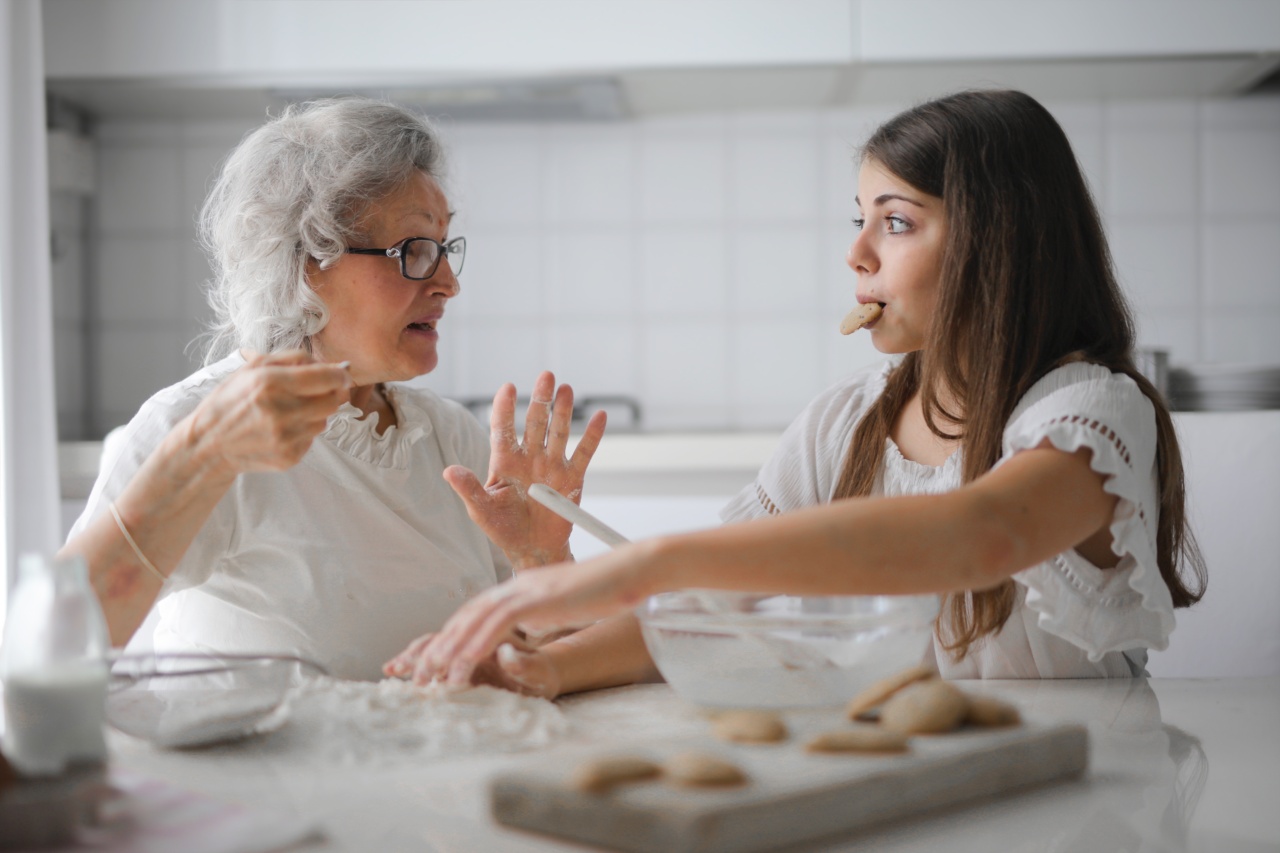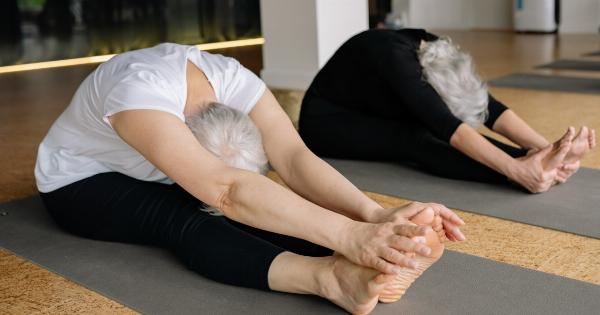As we age, our bodies undergo various changes, and one common issue that affects many individuals, especially as they reach their 40s, is incontinence.
Incontinence refers to the involuntary loss of urine or stool and can have a significant impact on a person’s quality of life. However, living with incontinence doesn’t have to be debilitating. With the right information and support, it is possible to manage this condition effectively and continue to lead an active, fulfilling life.
Here, we provide valuable advice for individuals in their 40s who are living with incontinence.
Understanding the Types of Incontinence
In order to effectively manage incontinence, it’s essential to understand the different types that exist. The two most common types of incontinence experienced by individuals in their 40s are:.
1. Stress Incontinence
Stress incontinence refers to the leakage of urine that occurs during physical activity, such as coughing, sneezing, laughing, or exercising.
It is primarily caused by weakened pelvic floor muscles and can be more prevalent in women, especially those who have given birth.
2. Urge Incontinence
Urge incontinence, also known as an overactive bladder, is characterized by a sudden and intense urge to urinate, followed by an involuntary loss of urine.
This type of incontinence is often associated with neurological conditions or bladder muscle dysfunction.
Seeking Professional Help
If you are experiencing symptoms of incontinence, it’s important to consult a healthcare professional, preferably a urologist or a urogynecologist.
They can perform a thorough evaluation and provide an accurate diagnosis, leading to customized treatment options.
Bladder Retraining
One effective approach to managing incontinence is bladder retraining. This technique involves training your bladder to hold urine longer by gradually increasing the time intervals between bathroom visits.
By doing this, you can regain control over your bladder and reduce the frequency of incontinence episodes.
Pelvic Floor Exercises
Strengthening your pelvic floor muscles through exercises like kegels is another essential step in managing incontinence.
These exercises involve contracting and relaxing the muscles responsible for controlling urine and can significantly improve bladder control over time.
Diet and Fluid Management
Some dietary choices and fluid intake habits can exacerbate incontinence symptoms. It’s crucial to stay hydrated but avoid excessive consumption of liquids, especially caffeine and alcohol, as they can irritate the bladder.
Additionally, certain foods, like spicy dishes or acidic fruits, may also contribute to bladder irritation and should be consumed in moderation.
Medications
Depending on the type and severity of your incontinence, your healthcare provider may recommend medications to help manage the condition. Medications can work by relaxing the bladder muscles or reducing the frequency of spasms.
It’s essential to follow your healthcare professional’s instructions and discuss any potential side effects.
Protective and Absorbent Products
For individuals with more severe incontinence, the use of protective and absorbent products, such as adult diapers or pads, can provide a sense of security and prevent embarrassing accidents.
These products have significantly improved over the years, offering discreet and comfortable options for managing incontinence.
Emotional Support and Lifestyle Adaptations
Living with incontinence can take a toll on one’s emotional well-being. It’s crucial to seek support from loved ones, join support groups, or consider counseling to manage the emotional challenges that may arise.
Additionally, making lifestyle adaptations, such as planning outings around bathroom access or wearing certain clothing styles, can help individuals with incontinence feel more confident and at ease in social situations.
Alternative Therapies
In addition to conventional treatment approaches, some individuals have found relief from incontinence symptoms through alternative therapies like acupuncture, biofeedback, or electrical stimulation.
While research on the effectiveness of these therapies varies, they may be worth considering alongside traditional treatment methods.
Staying Positive and Persistent
Living with incontinence can be frustrating, but it’s important to stay positive and persistent in finding the right management strategies that work for you.
With the support of healthcare professionals and loved ones, it is possible to minimize the impact of incontinence on your daily life and continue to pursue your goals and passions.
Conclusion
Incontinence is a prevalent condition that can affect individuals in their 40s, but with the right knowledge and support, it doesn’t have to hold you back.
By understanding the types of incontinence, seeking professional help, adopting lifestyle changes, and exploring various management techniques, you can regain control over your bladder and lead a fulfilling life. Remember, you are not alone, and there are resources available to help you effectively manage incontinence.




























